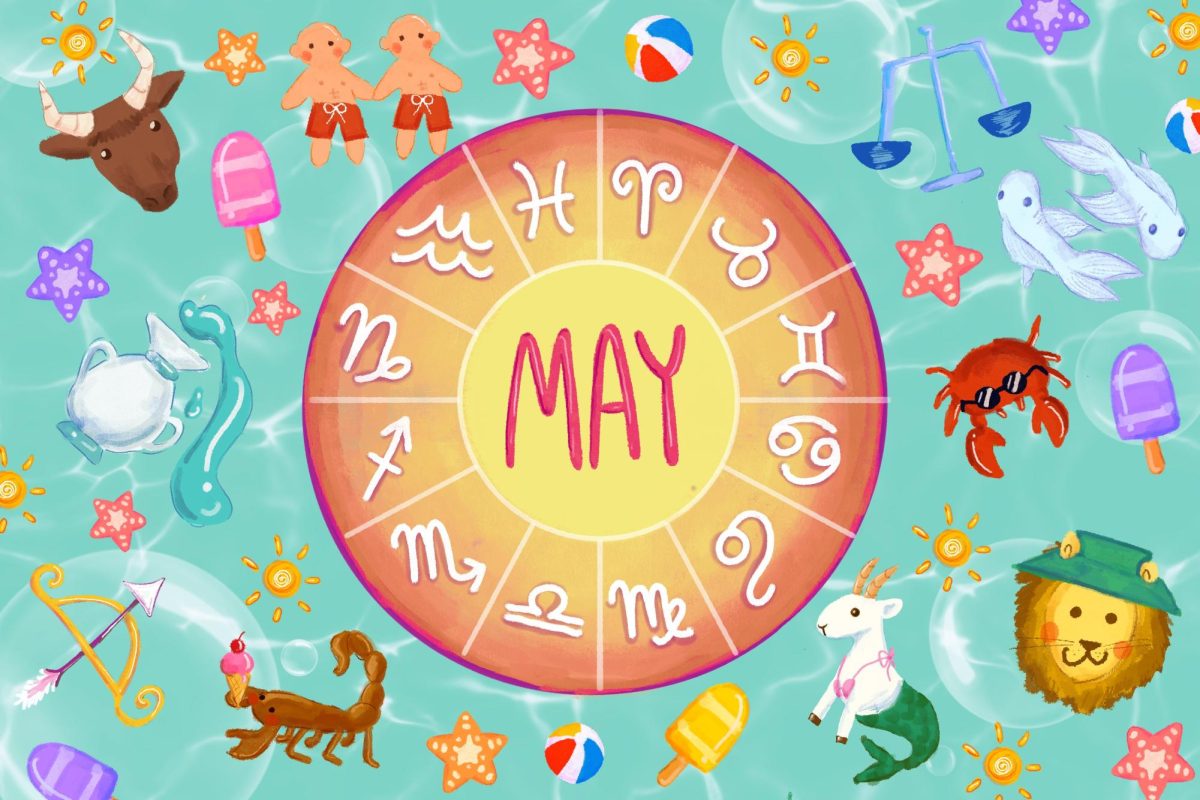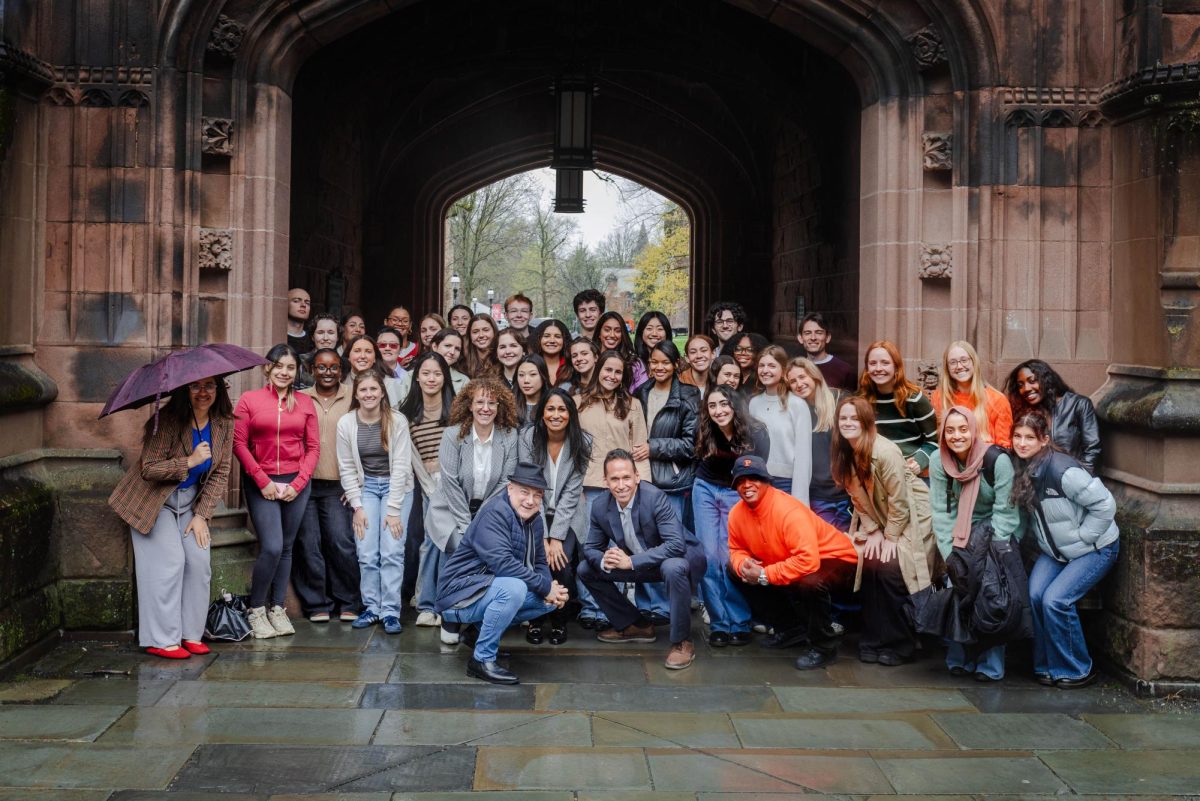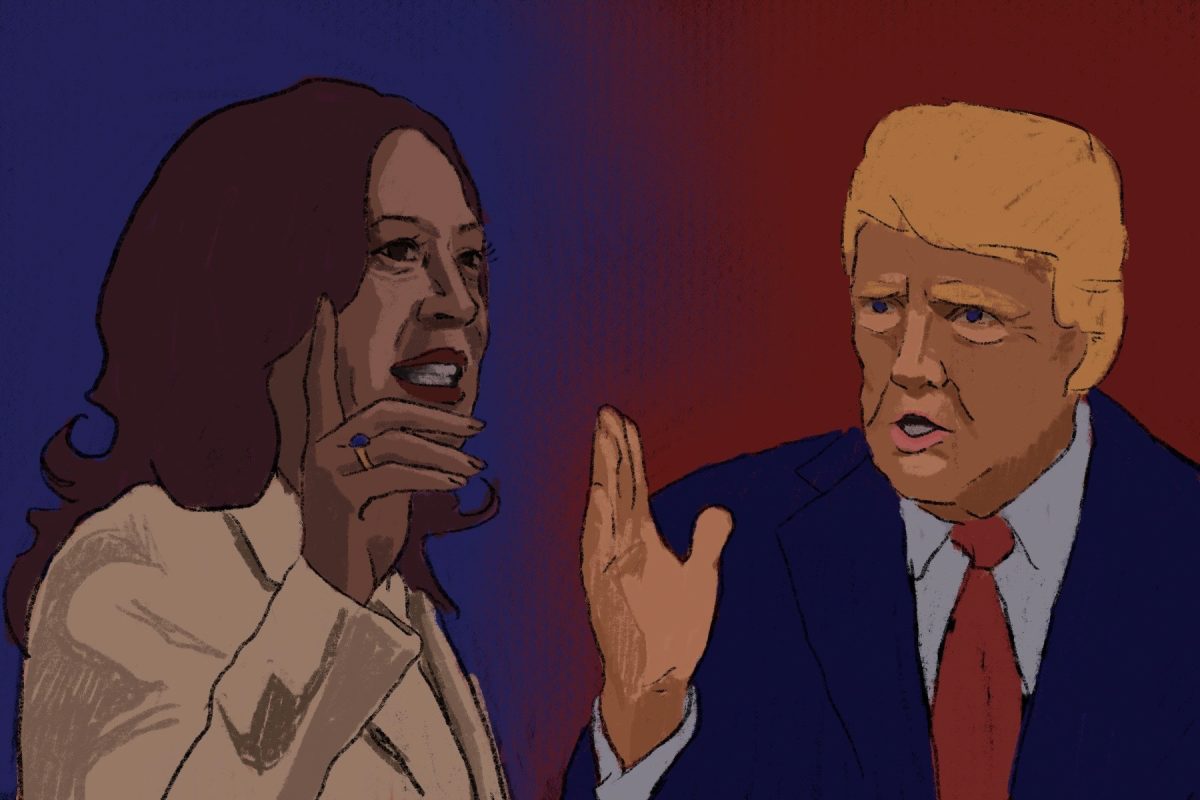When First Lady Michelle Obama took the stage at the Democratic National Convention last month, pundits and viewers alike spoke of two things: Mrs. Obama’s powerful speech, and that gray-blue nail polish on her fingertips. The spunky shade (Artistic Nail Design Soak Off Color Gloss in “Vogue,” for your information) and her fuchsia Tracy Reese dress, paired with the media’s reaction sent a powerful message: like it or not, fashion plays a part in politics.
“The way that politicians and political party’s brand themselves, everything down to fashion works to shape people’s opinion of them,” fashion designer Ashley Wayne said. “Politicians work with certain designers and wear certain styles of clothes to put off a idea—anything from being hip and youthful to being conservative and preppy. When people see the appearance of a politician, it shapes their opinion of how much they like them and what they think they stand for.”
Judging politicians and their spouses by the cut of their blazers is nothing new. Jacqueline Kennedy was admired for her demure and sophisticated style as much as her husband for his politics. Her iconic pink suit and matching pillbox hat evoke memories of the Camelot era. Vice Presidential candidate Sarah Palin was known for her “Tina Fey glasses” and updo as much as her gaffes.
But what happens when the politician is decidedly unfashionable? Secretary of State Hillary Clinton has long endured public criticism for her less than sartorial choices. Sticking to a strict uniform of practical pantsuits and the occasional hair scrunchie, Clinton has embraced her personal style and rejected the more feminine norm.
“I think that in a perfect world, people would judge politicians for what they truly stand for and not for what they wear,” Wayne said. “Female politicians are more scrutinized for their clothing, which I don’t think is fair. However, if you look at it as a way to empower female politicians, they have more leeway in how they can creatively express themselves through clothing.”
There is much less focus on what male politicians wear, but that does not mean they are not as concerned with crafting their public image.
“Red and blue are not just indicators of partisanship,” said The New School’s Parsons School of Design student Veronica Ambrosini. “The color red invokes power, and blue represents calm; wearing a tie or suit in one of these colors during a debate might help shape how a viewer sees the candidate.”
Who designs a politician’s outfit sometimes matters just as much as how it fits. Frugality is favored. Mrs. Obama is often revered for wearing lower-priced clothing such as J. Crew, and for supporting smaller design companies such as Tracy Reese and Jason Wu for those black tie occasions. Conversely, during the 2008 race, the McCain campaign was criticized for shelling out over $150,000 to revamp Sarah Palin’s wardrobe.
“Especially during these times of economic hardship, when you have access to any designer in the world and you choose to shop somewhere more affordable, it makes you seem more relatable, more likable,” Wayne said.
With the 2012 presidential election right around the corner, armchair fashion police and professionals alike will wait with bated breath to see what sartorial choices the Romney and Obama camps both bring to the table. Who wants to bet there will be a lot of red and blue?
Samantha Wilson is a contributing writer. Email her at [email protected].






















































































































































